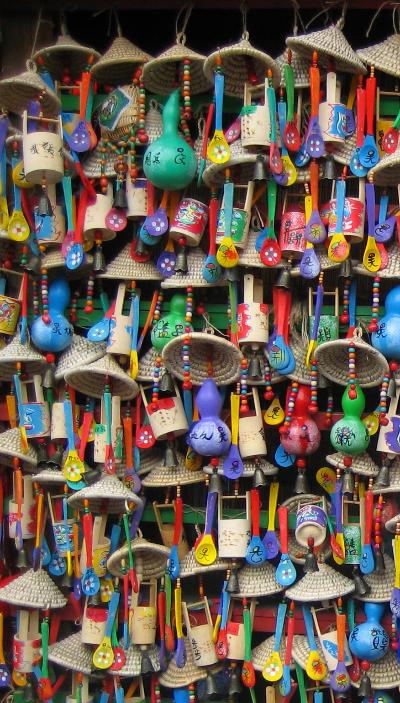
Where We Be
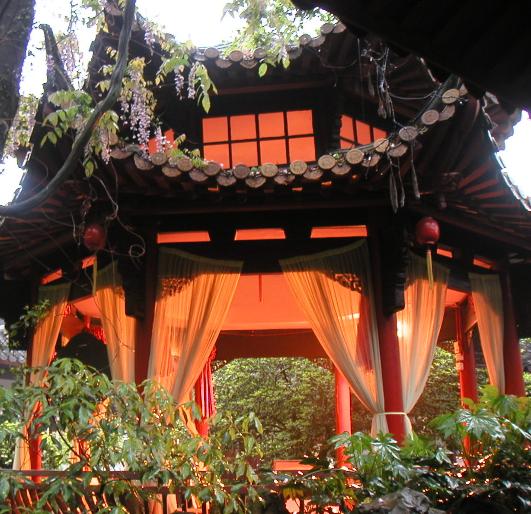
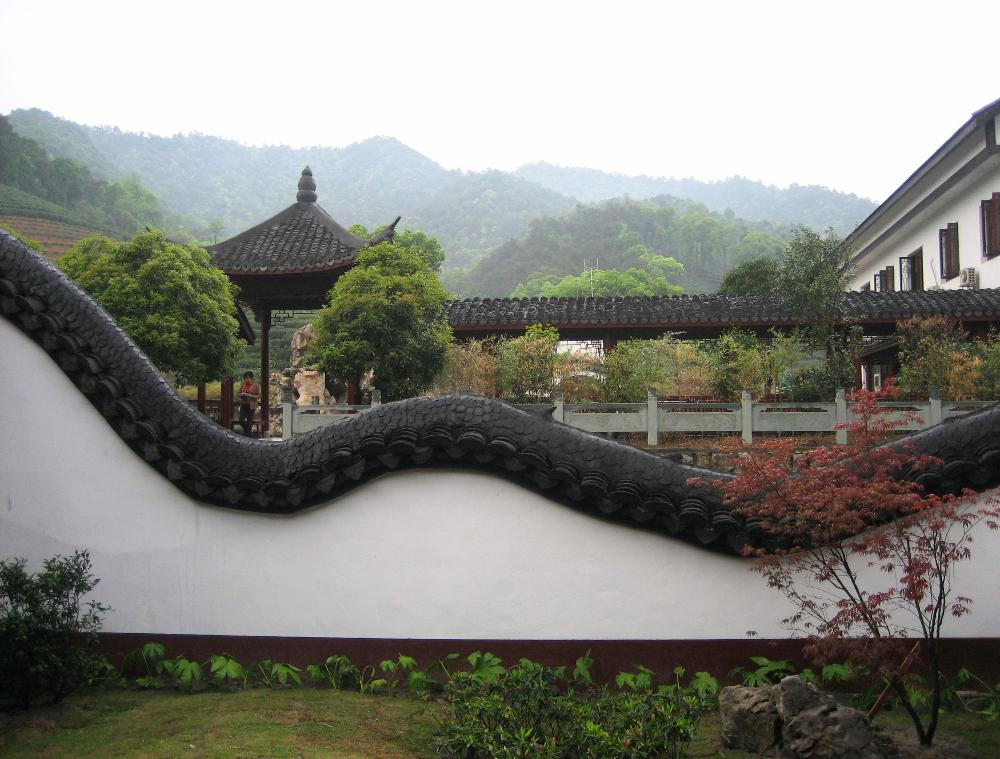
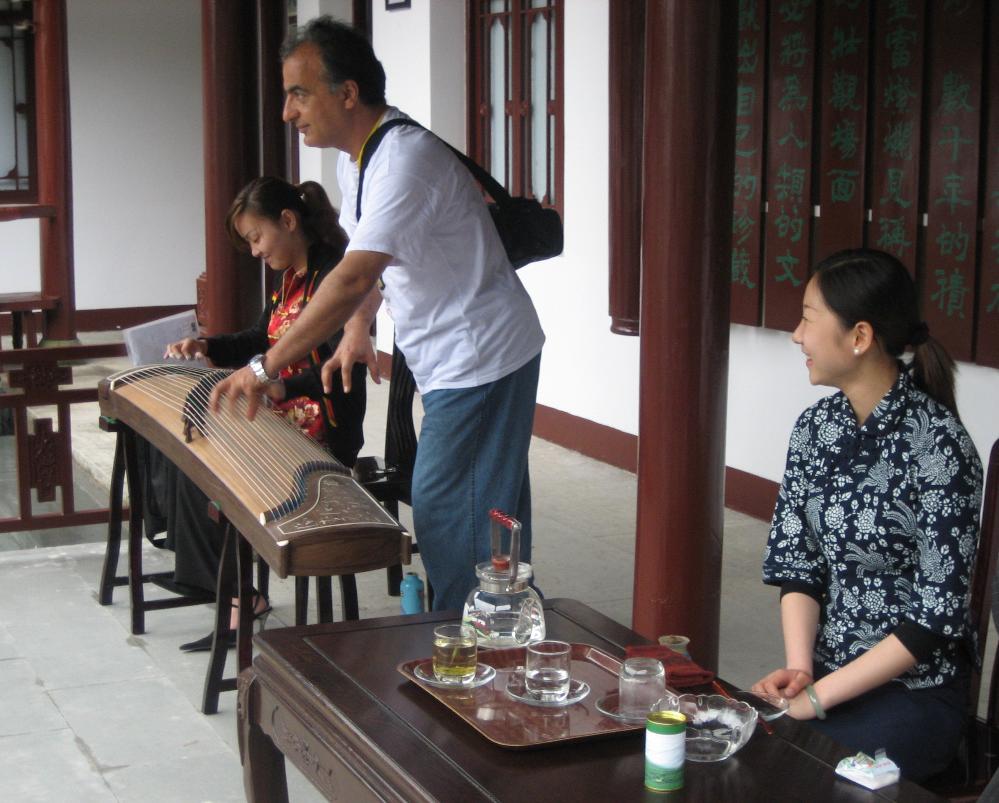
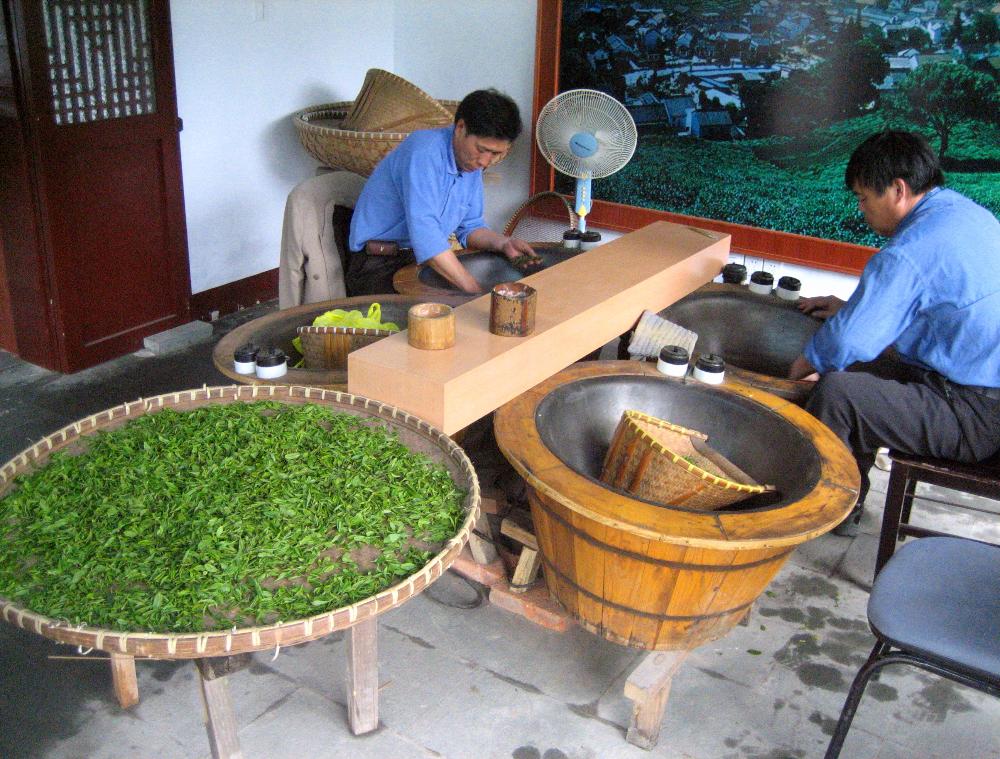
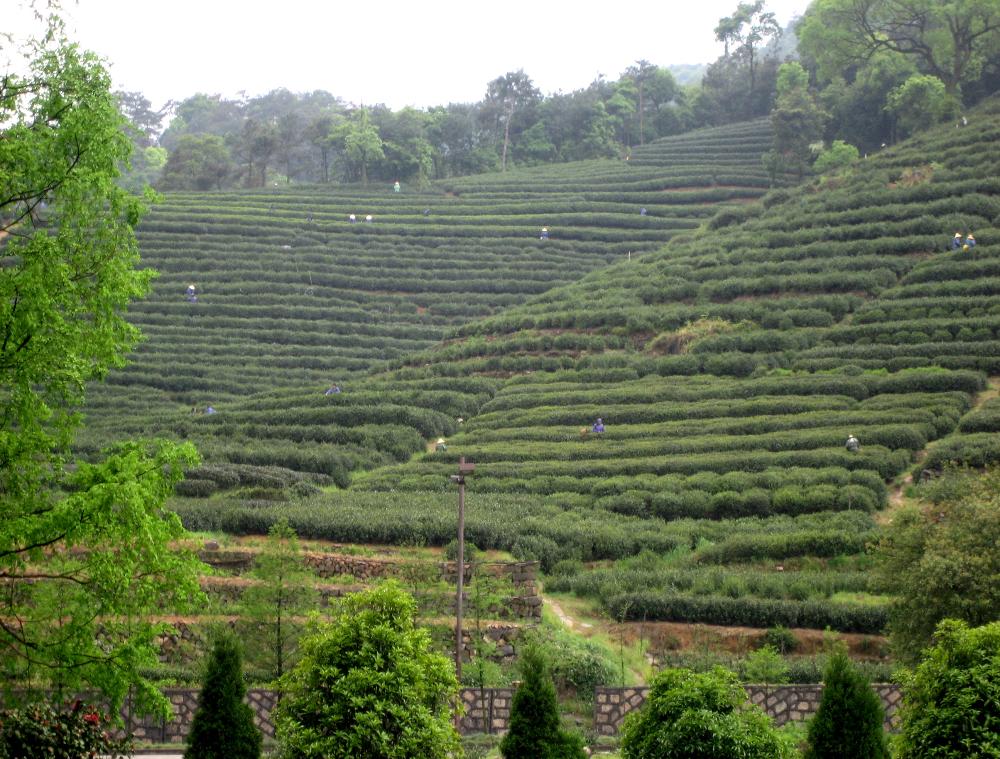
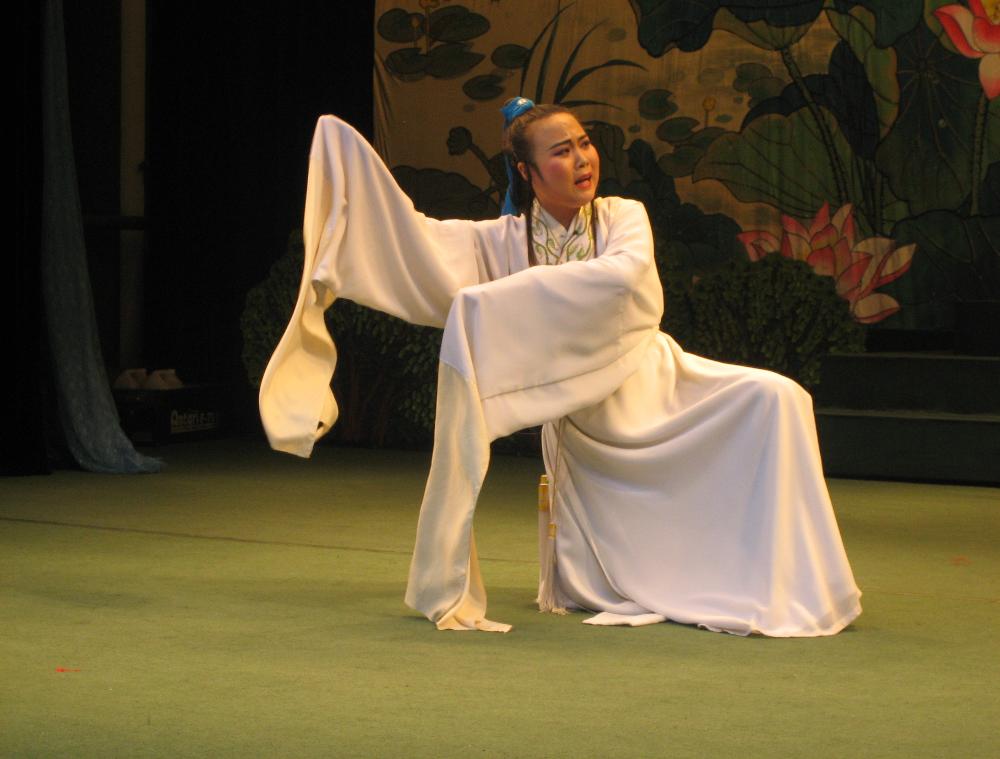
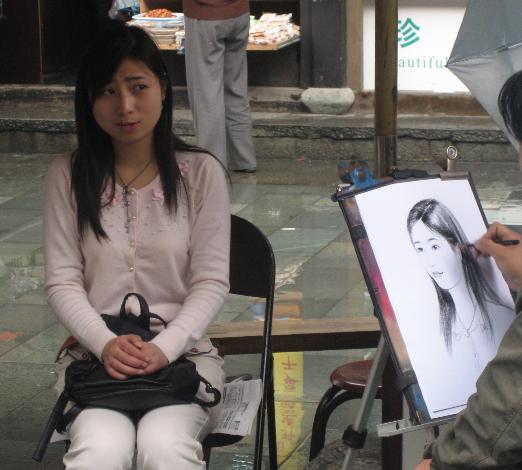
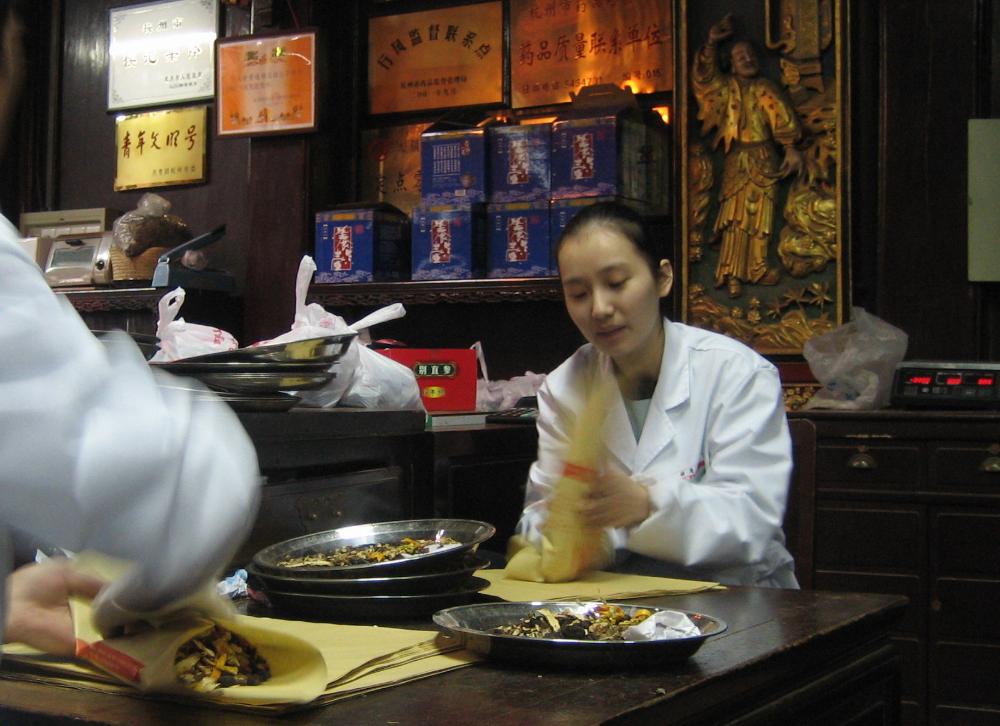
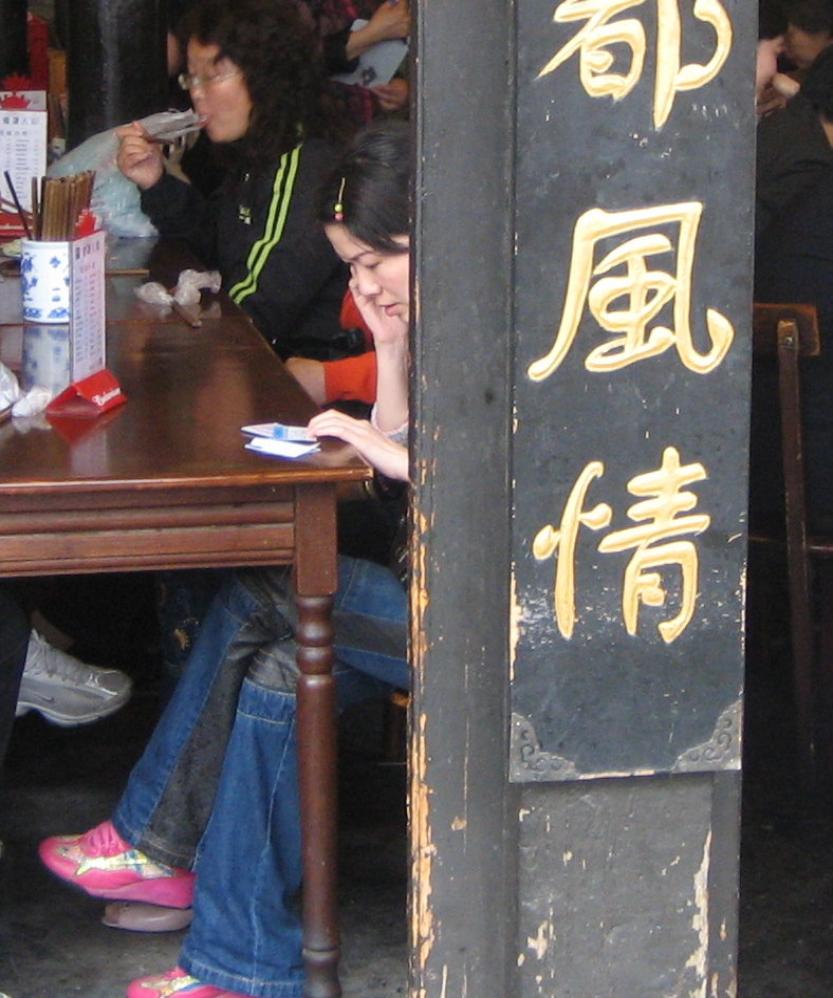
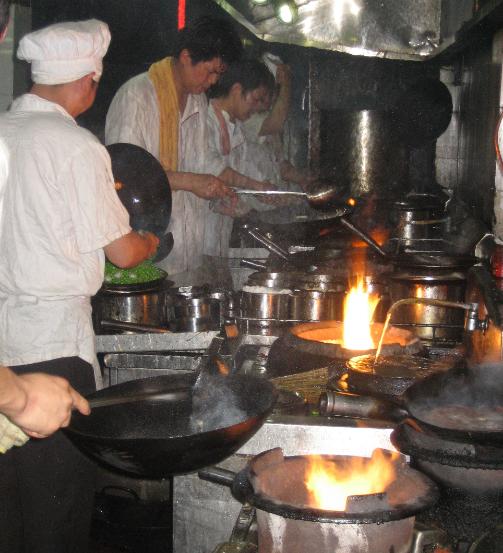
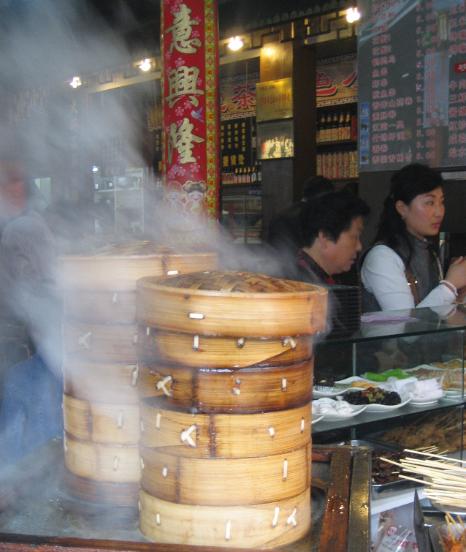
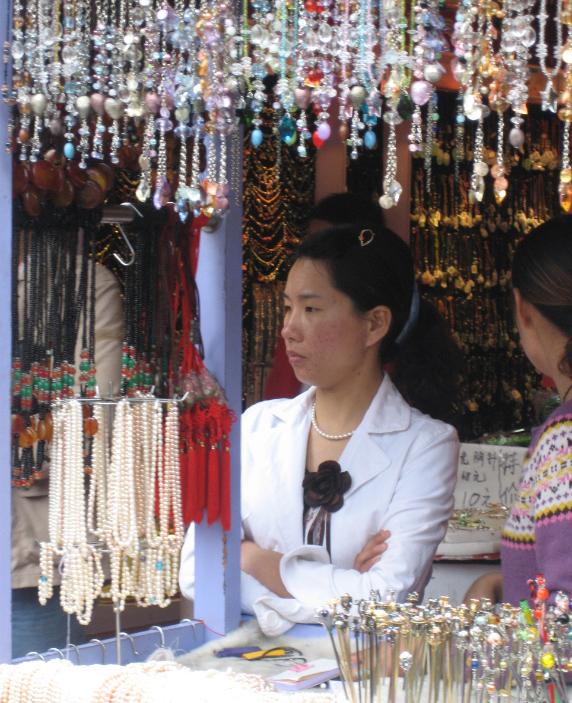
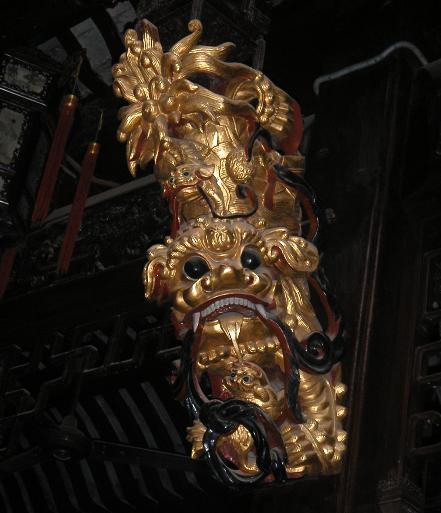
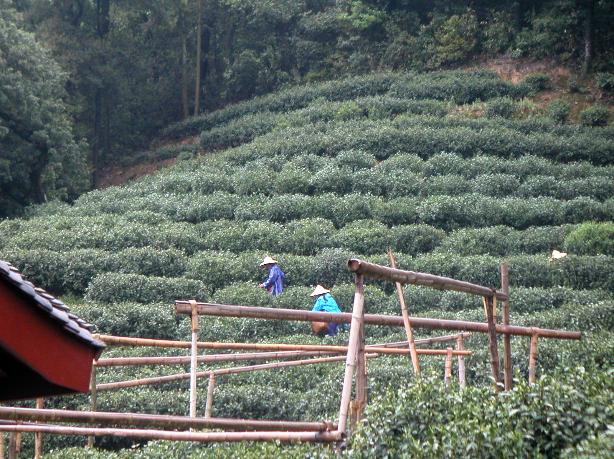
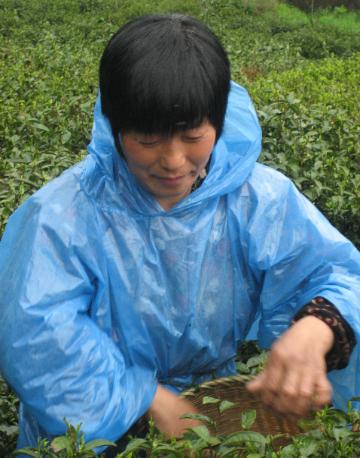
| This is Qinghe Street, a well-preserved historic district in Hangzhou near West Lake |
| Qinghe Street -- Hangzhou, China |
We visit Qinghe Street, a historically interesting
shopping district in Hangzhou. It’s a pedestrian
mall with well-preserved wooden buildings
from China's last imperial dynasty, the Qing
Dynasty (1644-1912). As soon as we arrive, the
heavens open up and it just pours down. We
slosh through puddles and streams as we walk
along the street, which is picturesque even in
the rain. One particularly interesting store sells
traditional Chinese remedies; it has shelves full
of wild stuff, including whole dried seahorses,
gnarled root balls, and a bewildering array of
powdered herbs in small glass vials.
You've probably heard the expression, "Not for
all the tea in China." China has long been one
of the world's biggest producers of tea, and in
fact cultivation of tea leaves began in China
and India centuries ago. Tea is now the most
widely consumed beverage in the world other
than water. At a tea plantation near Hangzhou,
we watch pickers gathering tea leaves very fast
indeed. They earn as little as 5 yuan (75 cents)
for a whole day’s work. During a tea pouring
and packing demo, we learn there are three
principal kinds of tea processing: green
(unfermented), oolong (partially fermented),
and black (fully fermented). Most Chinese
consider green tea to be superior, and it
reportedly has the most powerful antioxidants.
shopping district in Hangzhou. It’s a pedestrian
mall with well-preserved wooden buildings
from China's last imperial dynasty, the Qing
Dynasty (1644-1912). As soon as we arrive, the
heavens open up and it just pours down. We
slosh through puddles and streams as we walk
along the street, which is picturesque even in
the rain. One particularly interesting store sells
traditional Chinese remedies; it has shelves full
of wild stuff, including whole dried seahorses,
gnarled root balls, and a bewildering array of
powdered herbs in small glass vials.
You've probably heard the expression, "Not for
all the tea in China." China has long been one
of the world's biggest producers of tea, and in
fact cultivation of tea leaves began in China
and India centuries ago. Tea is now the most
widely consumed beverage in the world other
than water. At a tea plantation near Hangzhou,
we watch pickers gathering tea leaves very fast
indeed. They earn as little as 5 yuan (75 cents)
for a whole day’s work. During a tea pouring
and packing demo, we learn there are three
principal kinds of tea processing: green
(unfermented), oolong (partially fermented),
and black (fully fermented). Most Chinese
consider green tea to be superior, and it
reportedly has the most powerful antioxidants.
| Restaurants abound where you can get a quick bite to eat |
| A young woman poses for her portrait on Qinghe Street |
| Qinghe Street is a shopper's paradise, offering a fun mix of historic buildings with modern-day souvenirs and baubles |
| Talk about sweatshops! These wok cooks have to deal with extreme heat. |
| We happen upon a Chinese opera being performed on an outdoor stage near Qinghe Street |
| The historic district of Hangzhou is ornate with decorations |
| Later that afternoon we visit a working tea plantation near Hangzhou, where pickers are busily at work in the terraced fields |
| The pickers gather tea leaves incredibly fast, but they don't earn much money for their labor |
| Only the top 1 to 2 inches of the mature plant are picked; these buds and leaves are called flushes. "First flush" tea leaves picked in April are highly prized. |
| Leaves being used for green tea must be quickly dried after picking or else they begin to wilt and oxidize (i.e., ferment) |
| After tasting the green tea, one member of our group feels inspired to play a traditional Chinese instrument, much to the amusement of staff |
| Hangzhou's tea plantations are famous for originating Longjing tea, a highly prized variety of green tea |
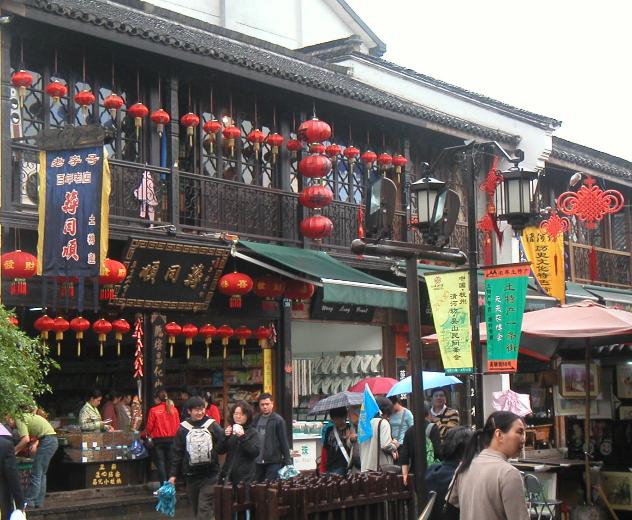
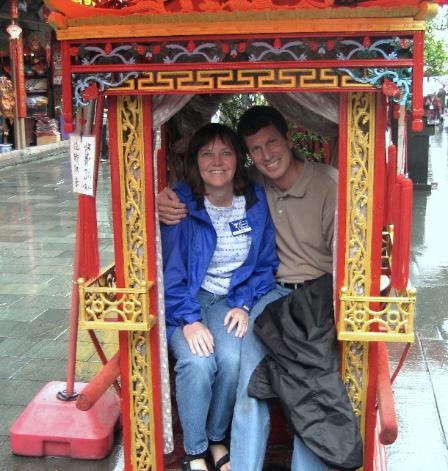
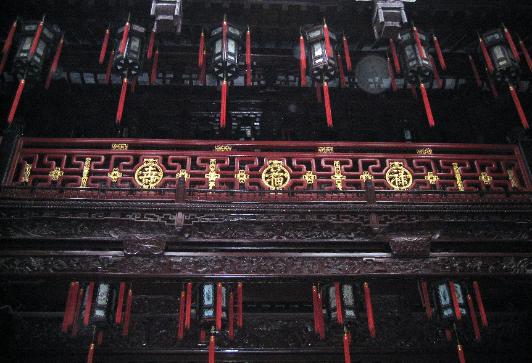
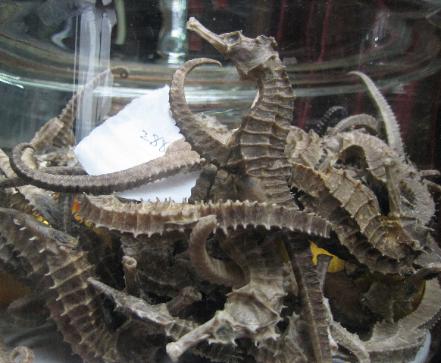
| The most interesting stores on Qinghe Street are the traditional herbal remedy stores. Here you can see women wrapping up mixes of different herbs. |
| This is the well-preserved facade of the Huqingyu Pharmacy |
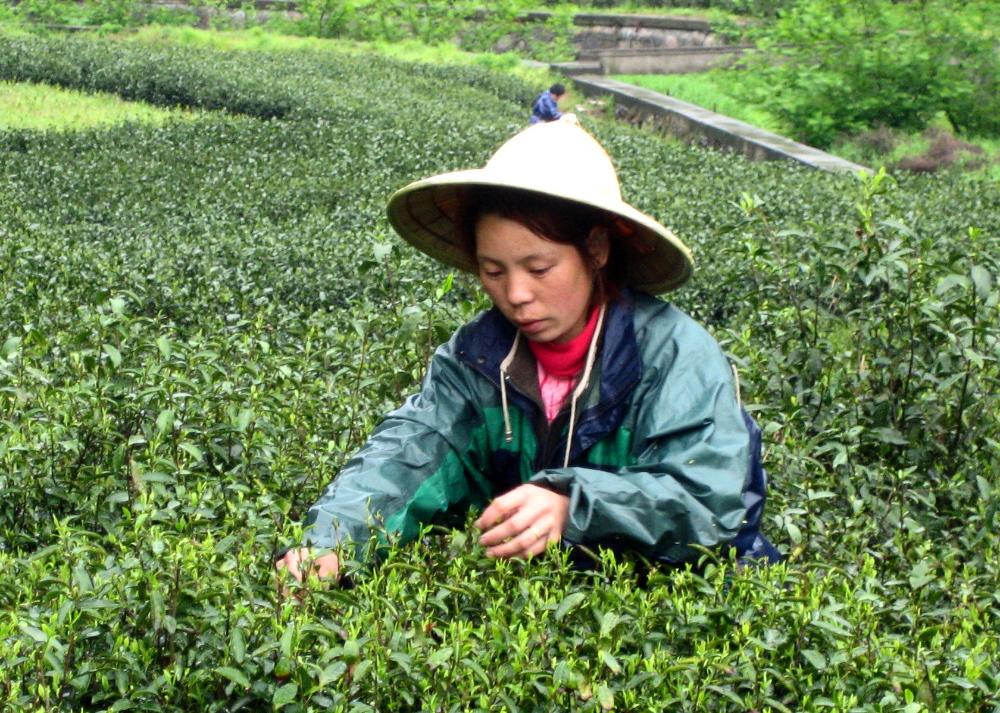
| Whole dried seahorses -- a traditional Chinese remedy |
| We pose for our own picture in this traditional wedding palanquin |
| Dumplings steam inside traditional bamboo steamers |
